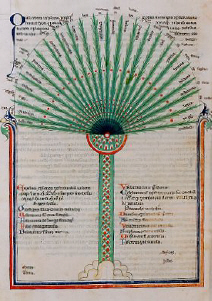11. But if these considerations are sound, why has Quality more than one species? What is the ground for distinguishing between habit and disposition, seeing that no differentia of Quality is involved in permanence and non-permanence? A disposition of any kind is sufficient to constitute a quality; permanence is a mere external addition. It might however be urged that dispositions are but incomplete “forms” – if the term may pass – habits being complete ones. But incomplete, they are not qualities; if already qualities, the permanence is an external addition.
How do physical powers form a distinct species? If they are classed as qualities in virtue of being powers, power, we have seen, is not a necessary concomitant of qualities. If, however, we hold that the natural boxer owes his quality to a particular disposition, power is something added and does not contribute to the quality, since power is found in habits also.
Another point: why is natural ability to be distinguished from that acquired by learning? Surely, if both are qualities, they cannot be differentiae of Quality: gained by practice or given in nature, it is the same ability; the differentia will be external to Quality; it cannot be deduced from the Ideal Form of boxing. Whether some qualities as distinguished from others are derived from experience is immaterial; the source of the quality makes no difference – none, I mean, pointing to variations and differences of Quality.
A further question would seem to be involved: If certain qualities are derived from experience but here is a discrepancy in the manner and source of the experience, how are they to be included in the same species? And again, if some create the experience, others are created by it, the term Quality as applied to both classes will be equivocal.
And what part is played by the individual form? If it constitutes the individual’s specific character, it is not a quality; if, however, it is what makes an object beautiful or ugly after the specific form has been determined, then it involves a Reason-Principle.
Rough and smooth, tenuous and dense may rightly be classed as qualities. It is true that they are not determined by distances and approximations, or in general by even or uneven dispositions, of parts; though, were they so determined, they might well even then be qualities.
Knowledge of the meaning of “light” and “heavy” will reveal their place in the classification. An ambiguity will however be latent in the term “light,” unless it be determined by comparative weight: it would then implicate leanness and fineness, and involve another species distinct from the four (of Aristotle).
